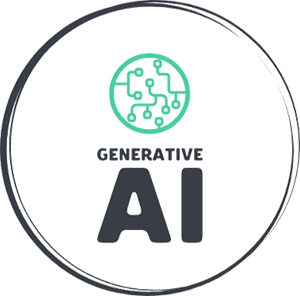


Course Outline
Should have knowledge on IMS Hierarchical concepts and be highly skilled at accessing data using DL1
database calls.
Training:
Read an IMS DB manual and/or attend an IMS DB course.
1. Code, test, & implement a DLI program (example: a conversion program) which makes various types
of database calls. Document the program & project.
2. Knowledge on Secondary index
An IMS DBA must fully understand the IMS Hierarchical concepts and be highly skilled at accessing data
using DL1 database calls.
Training:
1. Perform a DLI trace. This helps with troubleshooting and understanding how the calls work.
2. Practice accessing data via a secondary index. Document how this was accomplished.
3. Perform database calls using DLT0.
A DBA must have a good understanding of IMS online transaction processing and how the application
uses it.
Training:
1. Read an IMS DC/TP manual and/or attend an IMS DC/TP course.
2. a. Which programs/functions do they trigger. Briefly, document a sample transaction & program.
Describe how it works and what function it performs.
b. What transaction class do they run in. Document a sample transaction.
c. What message regions can they run in. Document all the regions a sample transaction can use.
3. Unit test program(s) that read & write to IMS transaction queue(s). Insert displays in test to help see
how it works.
4. Perform an Online DLI trace. This helps with troubleshooting and understanding how the calls work.
A DBA must be able to create, modify, & implement IMS databases, psbs, & acbs.
Training:
1. What is a DBD?.
2. What is a PSB?.
3. What is a ACB?.
4. What is HIDAM, HDAM, HISAM, HSAM Databases, Create Different types of Databases
5. Design a new database in test which includes a secondary index and a suppression routine.
a. Build a BMP PSB which can access the database.
b. Use DLT0 and the BMP psb to update data in the database
A DBA must have a good understanding of how BMP jobs work & how it compares to DLI & MPP
processing.
Training:
1. "What's the difference between MPP, BMP, & DLI programs?".
2. Convert a small DLI job to BMP and execute in test
3. Modify the test BMP to issue simple & extended checkpoints.
4. Perform a BMP checkpoint restart in test.
5. Investigate and briefly document what the ENQDEQ table is & how BMPs could impact it.
6. Investigate and briefly document what data locking is and how BMPs could impact online
performance.
A DBA must have a good understanding of various IMS Commands.
1. In test, Perform 5 different DBR commands, 10 different STA command, 5 different STO commands,
and 15 different display commands. Record each command performed.
2. Browse the SPOOL dataset and fine the commands you just performed in #1 above. Document the
spool dataset name.
3. Find the manual on the various IMS commands and browse through description of each command.
Document which manual was used.
4. Execute an mto command in test. Briefly document what a mto command is
A DBA must have a good understanding of Database Recovery Control.
Training:
1. "What is DBRC?".
2. Browse through contents of the DBRC IMS Manual. Document the actual IMS Manual.
3. Run a DBRC list history on the database. Briefly describe a few of the Flags & Counters in the first
section of the list.
4. Document the various Held Authorization states (1 thru 7).
5. Define a database to DBRC in test. Save the JCL. Then remove the database from DBRC.
Document what steps were involved.
6. Answer the question, "What does DBRC require after a database Reload?".
7. Execute a notify ic command.
8. Execute a delete subsys command
A DBA should be an expert at monitoring database capacities and managing DASD placement.
Training:
1. Execute a listcat on the New DB and its Index. Document all volsers the dataset resides on.
2. Briefly Document the difference between OSAM and VSAM datasets (particularly as it applies to
DASD pack management). Document the 5 databases with over 5 extents
3. Make the necessary del/def card changes to remove all databases .
Database Recovery:
A DBA must be an expert at recovering databases.
Training:
1. Build a test database using a production image copy. Record the job name.
2. Execute a DBRC list history against a database and identify what would need to occur to recover the
database. Build the recovery jcl. Briefly document the procedures you went through.
3. Execute a batch backout in test. Save the jcl and record the job name.
A DBA must be proficient with GENJCL.
Training:
1. Execute a production GX job & save the output. Briefly document how this was done.
2. Document where the GM jcl goes.
3. Document the dataset our GENJCL is in.
4. Add a comment to all the unload jobs. Document what the comment was.
5. Modify a GM job from tape dataset to disk via genjcl. Record the job name and item number.
6. Run a genjcl member in a test environment. Briefly document the steps you took to accomplish this.
7. What Do the GX/GM JOBs Represent?.
A DBA should understand the conversion process and be to determine which conversions are scheduled
over a given weekend. And, he/she should be able to assist with conversion scheduling.
Training:
1. Print and read all the documents under the conversions tab on the documents database. List the
documents.
2. Create and support a conversion release scoop.
A DBA must have the ability to access & use book manager.
Training:
1. Browse through a book in book manager. Execute a find command on a specific item. List the
manual name
A DBA should consider performance in all database designs. Plus, he/she should be able to monitor,
troubleshoot, and tune database performance.
Training:
1. Create a DFSVSAMP buffer utility and use it in a test DLI job. Run the test job several times modifying
the number of buffers upwards & downwards and document the performance differences.
2. Remove a required buffer from you're test DVSVSAMP utility and document what happens & why.
3. Print the Online Database buffer cards and briefly document what the first few buffer pools are used
for. Document the online buffer dataset name.
4. Investigate what a long twin chain is and briefly document what performance impacts it can have.
5. Investigate & document what performance impacts an alternate PCB could have.
6. Investigate & document the performance pros & cons of a secondary index.
7. "What is OSAM Sequential Buffering?". Use it in a test DLI job and record the performance
differences with and without this buffering.
8. Create and implement a database compression routine. Document the steps involved. Do some
batch performance testing and document the differences.
9. Read the HDAM Tuning document and tune an HDAM database (test & prod). Use the DBA
promotion checklist as a guide. Document the item number.
10. Turn on an IMS monitor and generate a Monitor report. Save the JCL and record the job name.
11 Looking at an IMS monitor report, find and document the average elapse time of a given transaction.
Also, find and document the longest IWait time incurred and which database it occurred on. Document
how this was done.
12. Remove a compression routine from a database in test and record the online performance difference
with & without the compression routine
Popular Courses


AWS Solution Architect Associate
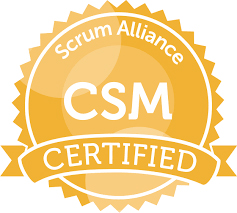
Certified Scrum Master Training

Project Management
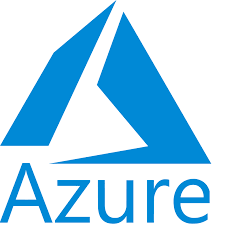
Devops via Microsoft Azure

AWS Cloud Security
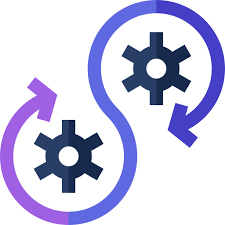
DevOps Training

Docker & Kubernetes
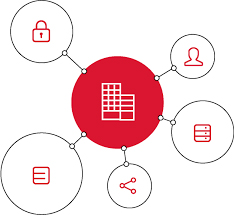
HyperConverged Infrastructure

Building Private Cloud
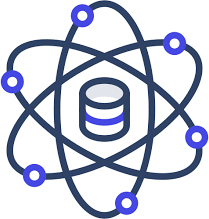
Data Science

Oracle

Nutanix Enterprise Cloud Administration (ECA)

Nutanix AAPM (Advanced Management)
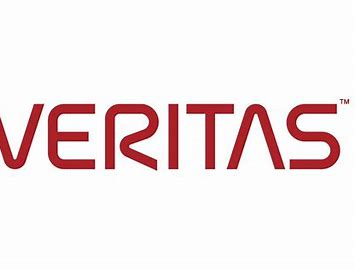
NetBackup 10 Administration
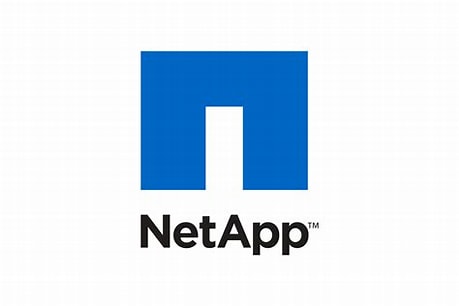
NetApp ONTAP Admin + Data Protection

NetApp Hybrid Cloud Administrator
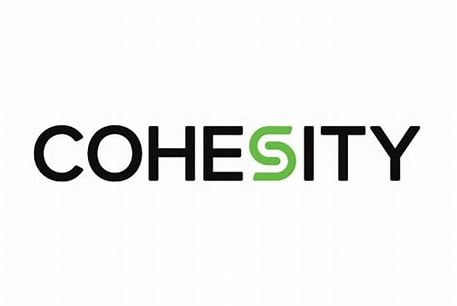
Cohesity Backup Admin
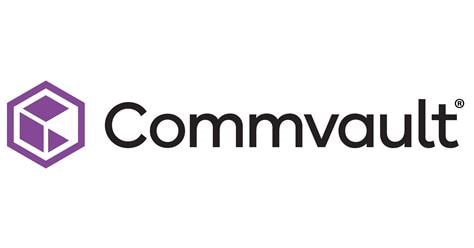
CommVault Professional





